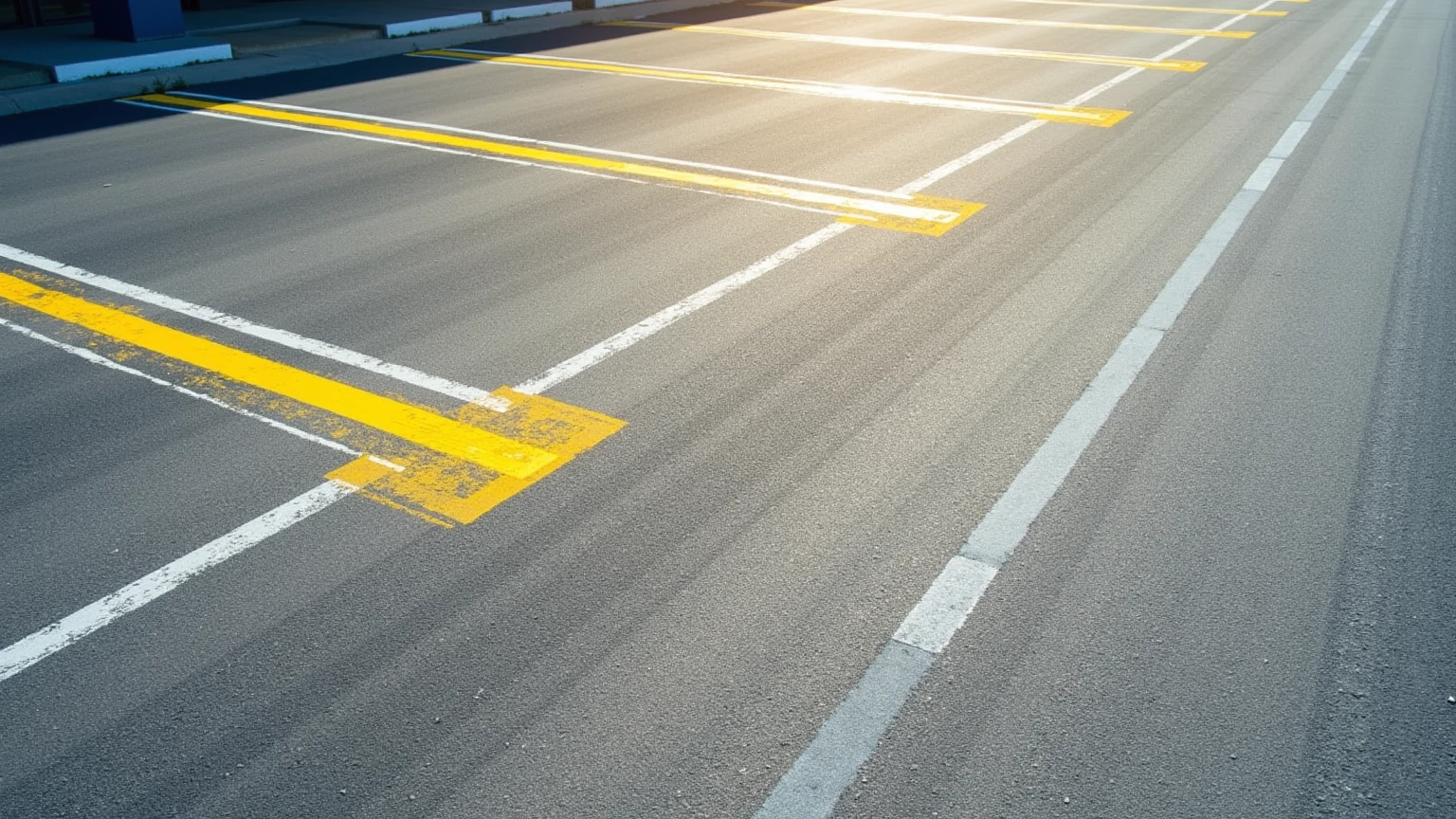When it comes to making a good first impression, the state of your parking lot can significantly impact how customers view your business. A well-striped parking lot not only enhances aesthetics but also ensures safety and efficiency. The key to achieving sharp, professional-looking lines lies in selecting the right striping paint. In this article, we will delve into the nuances of parking lot striping paint, addressing the various types available, key features to consider, and application techniques to help you make an informed choice.
Choosing quality striping paint is crucial for several reasons. First and foremost, it ensures your lines are visible, promoting safety for both drivers and pedestrians. Secondly, quality paints provide durability, reducing the need for frequent reapplication and saving you money in the long run. A well-executed striping job using the right paint can last for years, even in high-traffic areas.
Different types of striping paints cater to various needs. The three primary categories include:
Water-Based Paints: These are quick-drying and easy to apply, making them popular for low-traffic areas. However, they may not hold up as well under harsh weather conditions.
Oil-Based Paints: Known for their durability and longevity, these are suited for high-traffic zones but come with environmental concerns due to higher VOC emissions.
Thermoplastic Paint: This premium option is melted and applied when hot, creating a robust surface that offers exceptional longevity and resistance to wear.
When selecting striping paint, consider these essential features:

One of the foremost considerations should be how well the paint can handle different weather conditions. Water-based paints struggle under rainy conditions, while oil-based options offer superior resistance. Thermoplastic paints, being thick and durable, are excellent for climate extremes.
The visibility of your parking lines is paramount. Reflective paints contain glass beads that enhance visibility at night, which can prevent accidents and improve safety in dimly lit areas. Investing in these types of paint can significantly elevate the functionality of your parking lot.
Different application methods can affect the outcome of your striping project. Airless spray guns offer more efficient coverage and a cleaner finish compared to conventional spray methods. However, they may require more experience to operate effectively. If you're new to striping, consider hiring a professional or using equipment that is user-friendly.
Water-based paints are advantageous for their quick drying times and low odor, making them suitable for environments densely populated with customers. However, they do have limitations in terms of durability, especially in high-traffic areas, where rebounding or washing away can occur.
Oil-based paints tend to outperform water-based options in terms of longevity and resilience. They provide a robust finish that can endure varying weather conditions. Still, many contractors weigh the environmental impact and local regulations concerning VOC emissions before making their choice.
For specific applications, thermoplastic paint is a standout option due to its thick, durable spread. Though it is more expensive and requires specialized equipment for application, the payoff comes in the form of a longer-lasting, more resistant striping solution that can endure considerable traffic and weather wear.

Before applying striping paint, ensure the surface is prepared correctly. This may involve cleaning debris, repairing cracks, and ensuring that the asphalt or concrete is dry. A well-prepared surface will promote adhesion and longevity.
Depending on the chosen paint and your comfort level, select the appropriate application equipment. Consider investing in an airless spraying unit for efficiency, or choose a standard roller or sprayer if that suits your needs better.
To achieve a professional finish, consider these tips:
Once your parking lot has been striped, regular inspections are essential. Look for fading, chipping, or discoloration. Touching up problem areas promptly can extend the life of your striping work.
Understand the environmental factors that can diminish the effectiveness of your striping, such as weather, traffic loads, and chemical exposure. Adjust your maintenance approach accordingly.
Typically, a reapplication might be necessary every 2-4 years, depending on usage and environmental conditions. Keep a maintenance log to track when touch-ups should be scheduled.
The best type of paint varies based on the location and conditions of your parking lot. For high-traffic areas, oil-based or thermoplastic paint generally provides better durability.
Water-based paint typically dries in about 15 minutes, while oil-based paint can take longer depending on humidity and temperature. Thermoplastic paint will set quickly once it cools.
It's best to avoid applying striping paint in rainy conditions, as moisture can affect adhesion and drying times.
Using chalk lines or string can help guide your application, ensuring straight lines throughout your parking lot.
Check local regulations, as some municipalities may require permits for public signage and striping.
Choosing the right striping paint is a crucial step in maintaining a safe and visually appealing parking lot. By understanding the various paint options and application techniques, you can ensure your project meets your needs for durability, visibility, and professionalism. Whether you're a business owner or a contractor, thorough planning and execution can lead to successful outcomes, making your parking lot an asset rather than an afterthought.